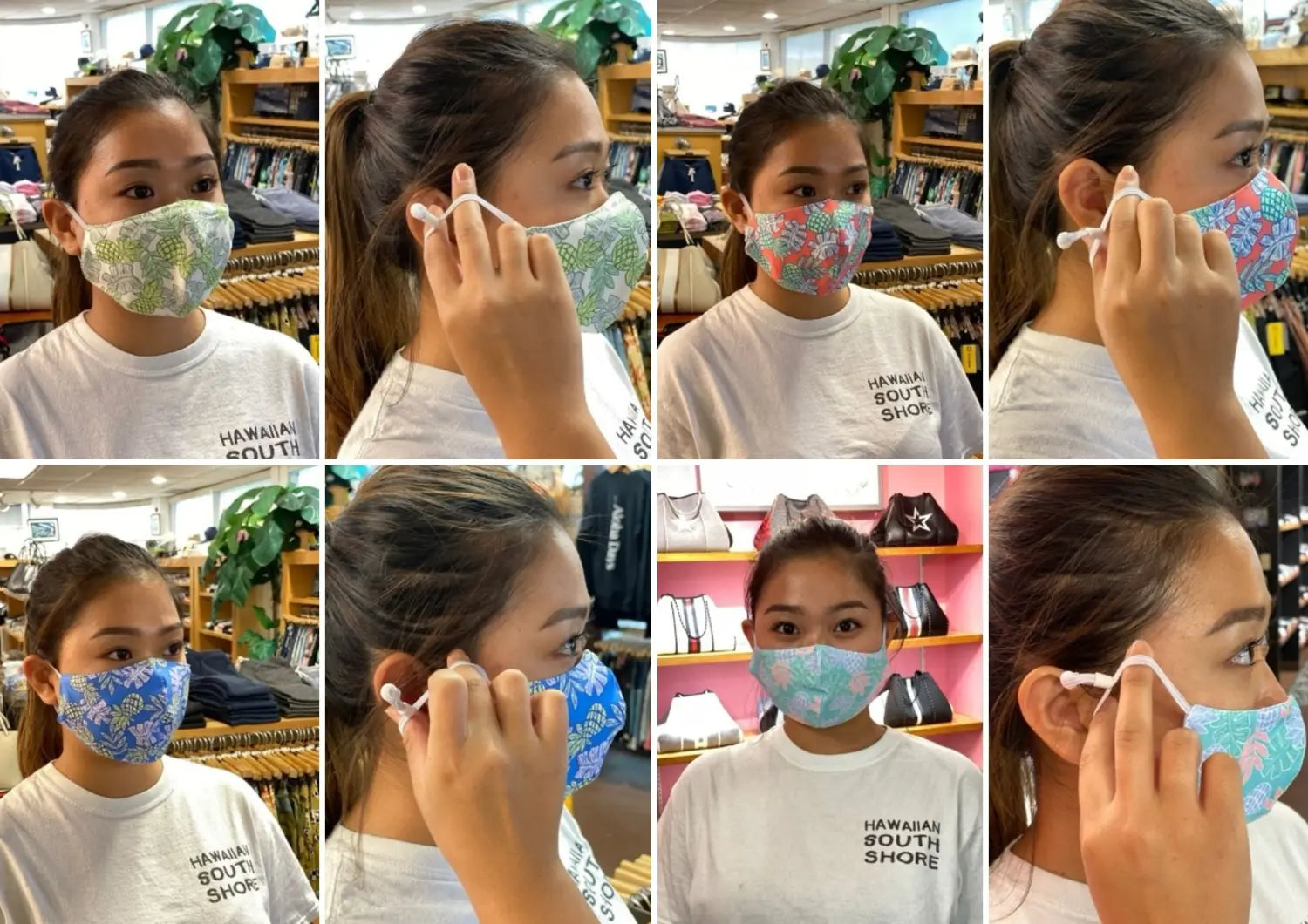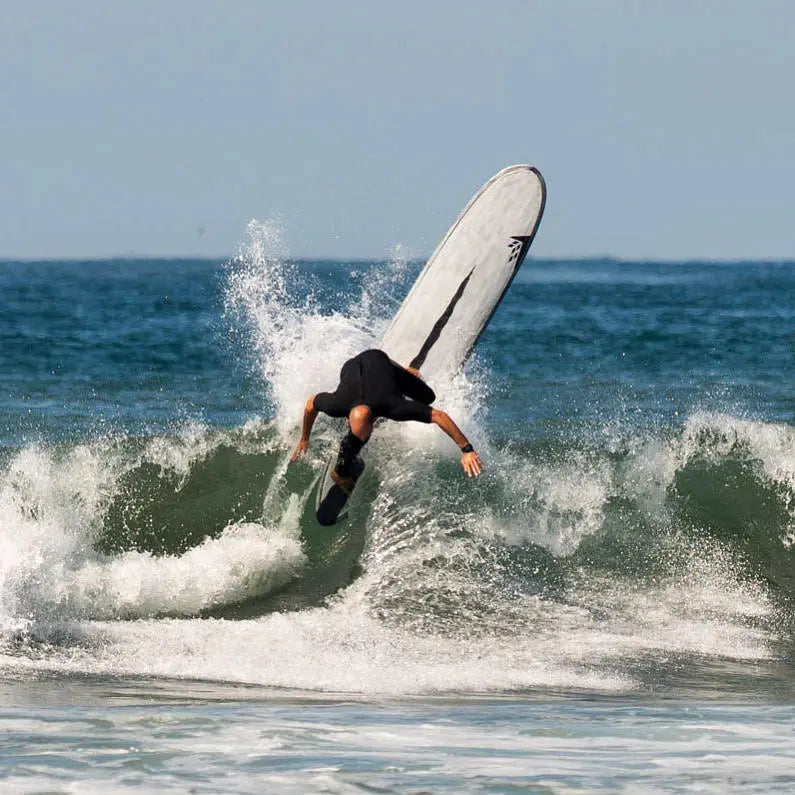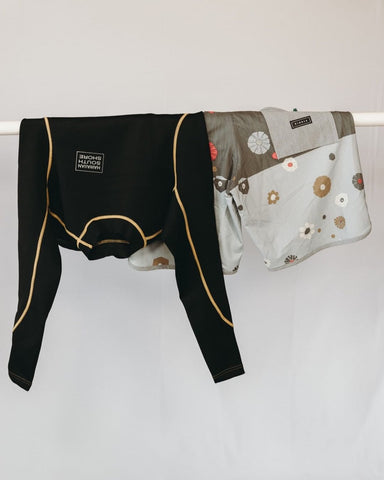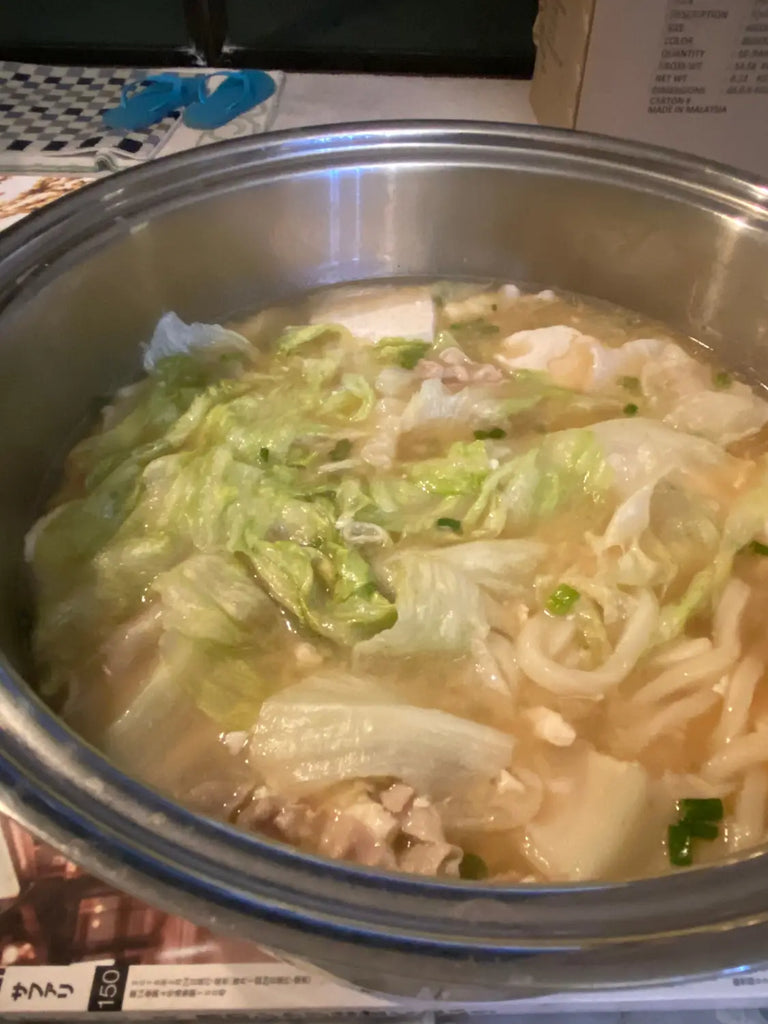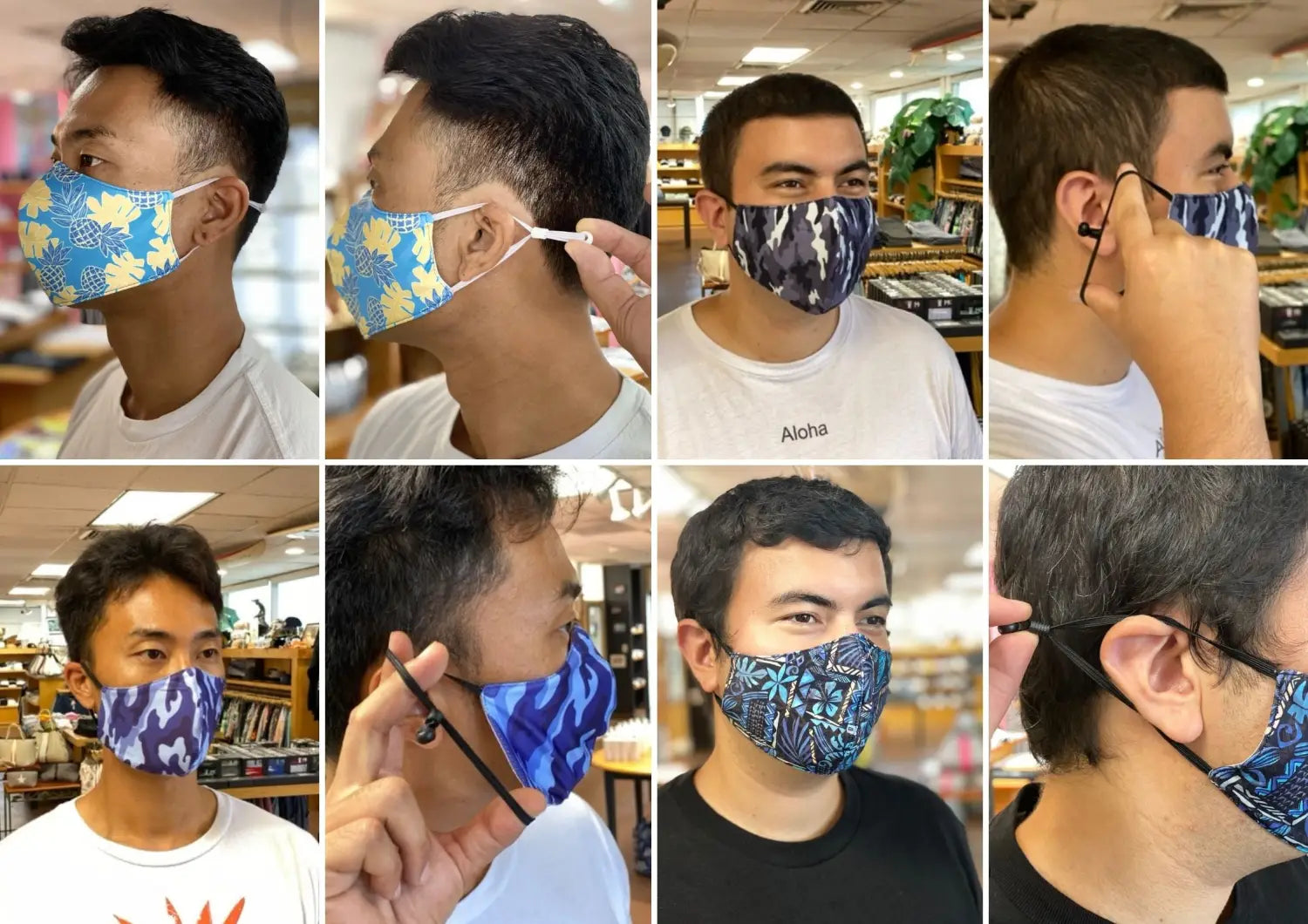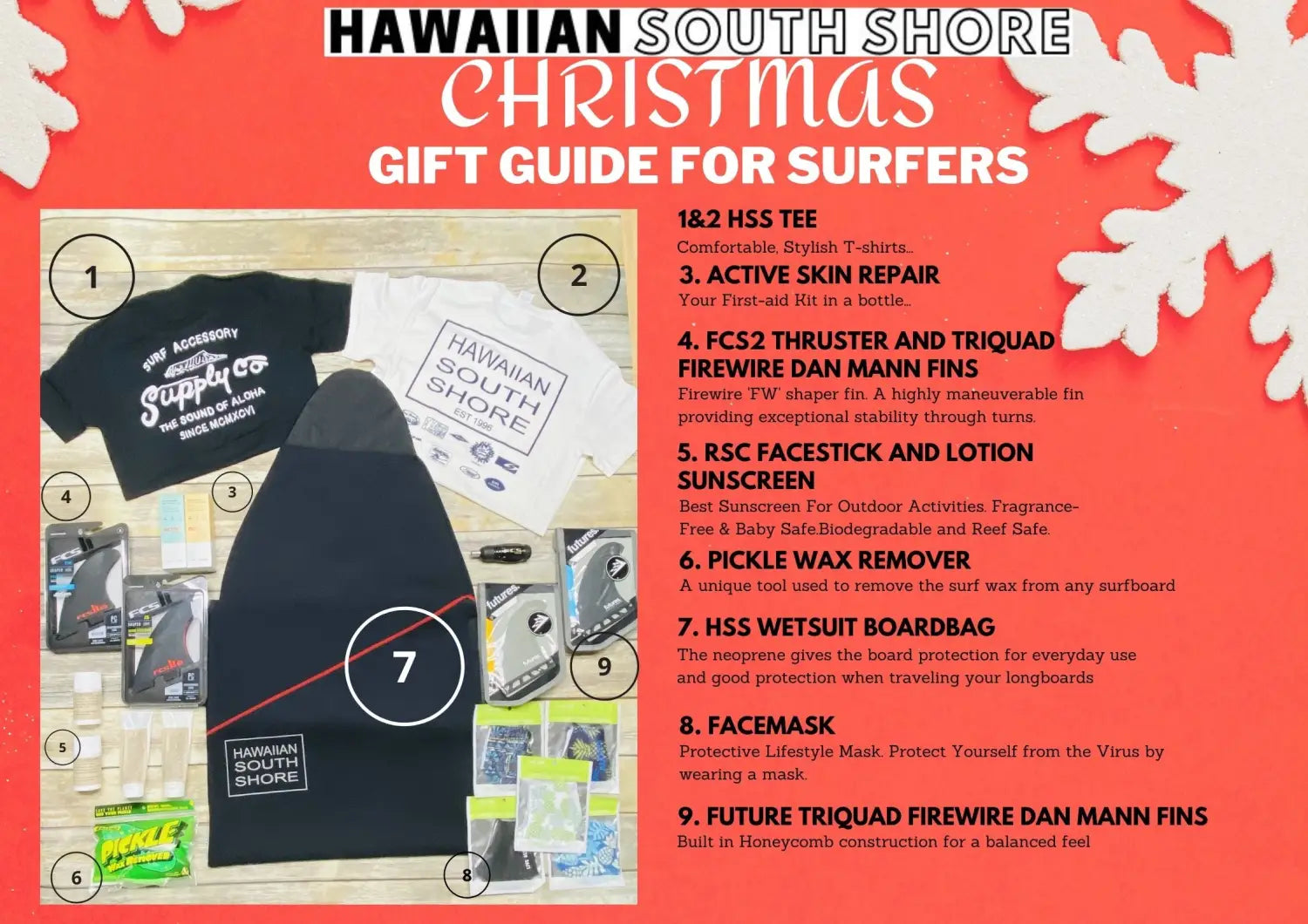Hawaiian South Shore December 2020 Newsletter
NEWSLETTER DECEMBER 2020

Good surfers win contest, but good boards help—and Taylor Jensen’s TJ Pro has helped him collect three longboard world titles. Designed with shaper Dan Mann, the TJ Pro is Taylor’s go-to competition board, and comes in a stock size of 9'0". Originally available in Firewire Timbertek, but now in Thunderbolt Black (carbon fiber) and Thunderbolt Red (xeon fiberglass)
The Thunderbolt Red provides a bit more flexibility and responsiveness, whereas the Thunderbolt Black is stiffer and provides more control in larger, more powerful waves.
Regardless of the materials used in the layup, the TJ Pro comes with a stock design and dimensions that offer consistent performance.
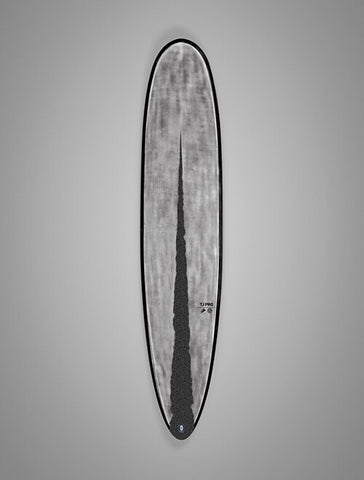
The Thunderbolt versions of the board have one liter more volume than the Timbertek version, but otherwise they are all exactly the same, with a single concave running from the nose through the center of the board, then blending into a double concave and eventually a bit of vee out the tail. This smooth combination of contours allows for flowing transitions between turns, while still supporting traditional surfing from the nose and high-performance ripping from the tail. The board’s fin setup is a 2+1, with the center fin providing control without sacrificing drive and maneuverability, which are facilitated by the side fins.
The TJ pro comes in stock dimensions of 9'0" x 22 1/8" x 2 5/8", with a volume of 61 liters.
WETSUIT SIZING AND CARE
How to find the perfect suit and make it last
Finding the Right Size Wetsuit
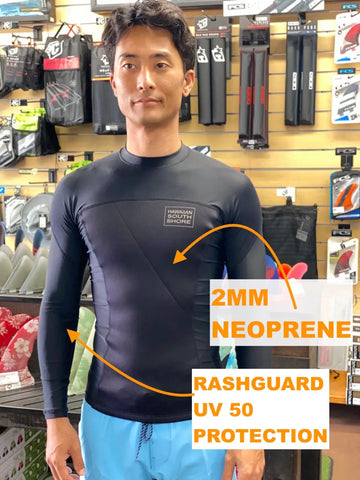
The purpose of this article is to help you find the proper fitting wetsuit.
Most wetsuits are designed to trap the water inside your suit. So if it’s too big and baggy the warm water trapped in the suit will flush out and fresh cold water will enter. The goal is to have a suit that fits snug, but if the suit is too small, then comfort is compromised.
Finding the right size is actually easy if you know what to watch for.
If you spend a large amount of cash you can have a specialist measure every dimension of your body and build you a custom wetsuit. Although there is nothing wrong with having a custom suit made, I believe it’s totally unnecessary for most body shapes and sizes. Having a wetsuit with too long of a sleeve isn't an issue. Most wetsuit manufactures err on the side of being too long, so its normal for the legs and sleeves to be a bit scrunched up when you wear a wetsuit dry. The small wrinkles in the limbs don’t alter warmth or comfort. When you get in the water the suit tends to positions itself on your body.
When wearing a Full, or Spring suit the torso length is important. If the suit is a bit long on you you’ll never notice it. But if it’s too short the suit will be uncomfortable and stiff, plus as soon as you zip your suit up you will feel uncomfortable. If the shoulders feel way tighter then the rest of the wetsuit, most likely you’ll need a different size.
The most important thing is that the wetsuit is comfortable and snug. Getting into and out of a wetsuit takes some practice.
Wearing Your Suit the Easy Way
One of the easiest ways to get into your wetsuit is to use a plastic grocery bag.

Just place the bag over your foot or hands, slip the suit on then pull the bag off. This is one of the best ways to wear your suit, especially if you want the seams to last.
Important Note - Avoid over stretching fabric and seams, when pulling the suit use your fingers like you’re pinching the suit. Avoid using your fingernails.
After Your Surf Session
You need to care for you suit or it won’t last. Rinse with fresh cool water after every use, Do Not use Hot water it will cause the neoprene to lose its flexibility. Hang Dry in the shade and not in direct sunlight, UV breaks down the neoprene and causes it to dry and age quicker.
The best way to hang dry is not by the shoulders like you would hang a jacket, but to place it through the hanger and let it hang folded in half. Not only does it dry faster, but it also places less stress on the shoulders.
If at all possible store in a cool dry place and not in your car, where the heat will cook and bake the stretching properties of the suit.
Fast Drying Techniques
I’m sure you’ll have friends that will give you all kinds of advice on how to speed dry your suit. I found one of the best ways, and the safest way, to dry your suit up to 80% before hang drying it is to use your beach towel.
Spread your beach towel flat on the ground and lay the wetsuit on top. Then take the excess towel and fold it over the suit. Starting from the top, roll the towel and wetsuit up like a burrito. As you’re rolling, squash the moisture out with your knees by bouncing on the roll. Smash the towel as much as possible, it will absorb the water. Unroll the wetsuit burrito and hang dry, remembering to hang it through the hanger folded in half, for a faster dry time.
REVIEWS....

Shuzo on Oct, 16, 2020
HARLEY INGLEBY CRUISER
BLACK XEON
Thanks to David and his great staff, Hide & Brett who introduced me to the Thunderbolt
Technology and the Tolhurst Harley Cruiser!
I test rode their Parallax loaner and discovered
for myself that the board was not corky or stiff as I imagined it would be from previous experience with epoxy boards.
The Harley Cruiser being impressively light. Thanks to David and his great staff, weight compared to my heavier 9’6’, 5 stringer foam board! It gives me new energy to get back to surfing in my ‘Makule” age. The board is as described in the video! Truly a fun board!
Mahalos! David, Hide and Brett!
Bob on Sept.23, 2020
HIHP

My HIHP is a great board. I’m riding it as a 2+1 turns like a shortboard with nose time, the thunderbolt construction is an awesome and excellent technology every surfer should have one in their quiver or two. ...
Mahalo HSS Crew!
Mike from Waikiki on Sept. 25, 2020
MY HSS QUIVER
I’m 6’0, 190 lbs.
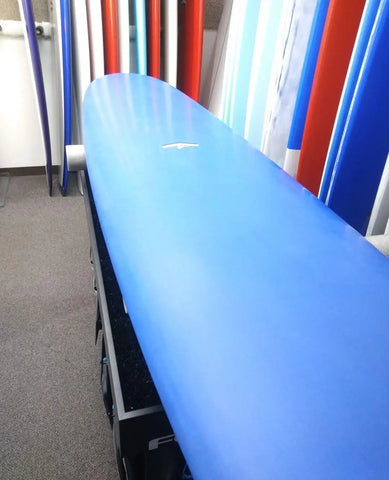
PARALLAX 9’9: You can catch anything on this board. Turns great. Super long rides in even the smallest of conditions. HIHP 9’1: Performance longboard, turns on a dime, noserides great.
LOST QUIVER KILLER 6’4: The lib tech boards float great and super tough. This board makes me smile every wave.
LOST HYDRA 5’9: Shortest board I’ve ever ridden can still catch plenty of waves and turns unreal!
Any or all these boards would be awesome additions to yourquiver :)
Thanks, HSS!!!
The Difference Between Firewire’s LFT and Helium
With Rob Machado
Firewire is known for leading the surf industry in terms of modern, high-tech board construction, and recently they have added a number of different construction options to their boards. Two of the most popular—LFT and Helium—provide similar all-around benefits such as light weight and durability, but also have their own specific advantages, depending what you are looking to do on your board.
Rob Machado has been designing boards for Firewire for the past few years, and has a lot of experience on both types of construction. He recently did a little video to explain the difference between the two, and what conditions each thrives in.
“The LFT construction has durable deck skin and controls flex down center, with high-density foam from nose to tail,” says Rob. “Helium also has a durable deck skin, but controls flex in the rails through a mix of paulownia and balsa wood.”
He continues to explain that “Helium is light and lively, and great for generating speed in weak waves. LFT is still light, but a little more drivey and solid, and great for controlling speed in better waves.”
As you can see, both are great options, and will provide life, durability, and snap to your board. But if you know what style of waves you will be riding the board in, it might be worth choosing the construction style that fits that type of wave best.
Keiko’s Corner - Nabe
As I’ve shared in the past, my wife Keiko cooks a bunch of delicious dishes, many of them traditional Japanese dishes that I really enjoy. One of our favorites is Nabe, which basically means “things in a pot.” Ao when you make Nabe you pretty much are just stewing up whatever sounds delicious.
We eat Nabe a lot—even during the summer, which isn’t really traditional. In
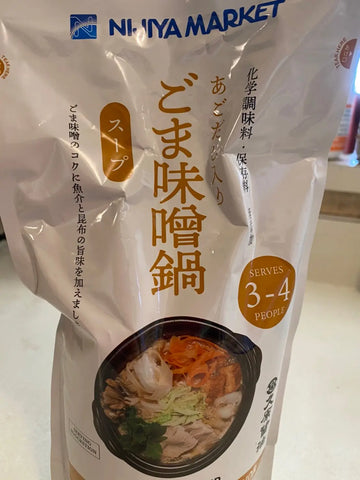
Japan, they mostly eat Nabe in the winter, because it’s a hot dish, and the summers in Japan are super hot and humid. Imagine a Kona winds day on Oahu, but with 105-degree temperatures and 95 percent humidity—that’s Japan in the summer. But here in Hawaii it’s much more temperate, so we will eat Nabe pretty much whenever we want!
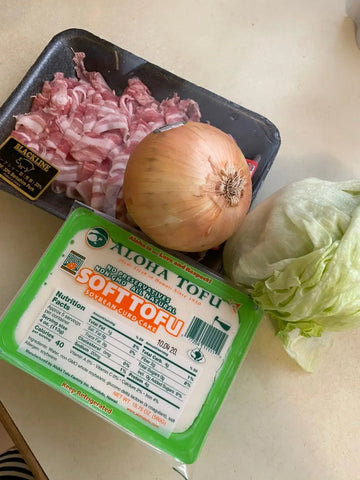
When Keiko makes her Nabe, she often starts with a soup broth, such as a pack of goma miso from Nijiya Market. Goma miso is a sesame miso soup, which is super tasty and also quite healthy. It doesn’t have any MSG or other unhealthy things in it, so it makes a nice base for our Nabe. Then Keiko adds things like soft tofu, onions, maybe some chicken or beef, or pork meatballs with gobo (burdock root) inside. We also add a ton of garlic to our Nabe, both because it’s so tasty and also because it’s a great immune booster, especially if it’s flu season or if you have a sore throat. We also like to put udon in our Nabe. And at the end, once everything else has been added and cooked, we add lettuce. A lot of traditional Japanese cooks will add Chinese cabbage instead, but we like to use lettuce because it has a nice, crisp taste.
Once it’s all cooked up, we move the hot pot to the table and enjoy! Nabe is definitely one of my favorite dishes, and it’s super easy to make, so I highly recommend that you try it out!
Comfy Coverups
For the past 6 months our staff have been using these masks and say they are
comfortable because of the adjustable band around the ear.
Every night I hand wash mine with warm water and soap then ring it out. It’s still in good condition.
